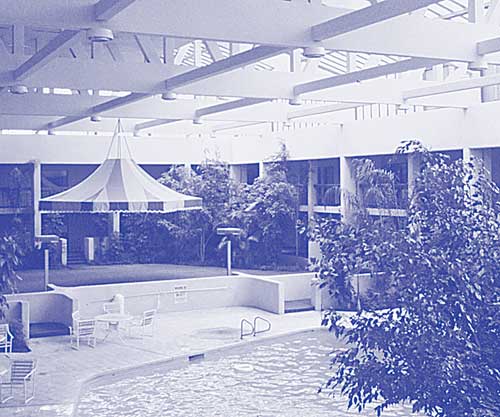Overview of…
8.4 Passive Solar Heating
This part of the Energy Efficiency Manual shows how to lower the cost of heating by admitting sunlight directly into the building for space heating. This method is called “passive” solar heating to contrast with “active” solar systems, which collect solar heat outside the building and move it indoors.
The energy of sunlight is sufficient to satisfy all or most of the heating requirements of typical buildings. However, passive solar heating has rarely been successful in contemporary architecture. The main challenge is not collecting the heat, but avoiding adverse side effects. Passive solar requires large glazing area, and this causes problems of excessive air conditioning cost, excessive heat loss during cold weather, condensation, and discomfort. These problems can be overcome, but they require innovative methods that are mostly beyond the capabilities of conventional construction practice. To make passive solar work, you must be a researcher and creative builder.
Practical passive solar is probably just within reach for new construction, but it requires much more than the usual amount of brain work to design. In most existing buildings, you can exploit passive solar heating only to a limited extent. Here you will learn the principles that hold the key to success.
Click here to return to the Table of Contents


